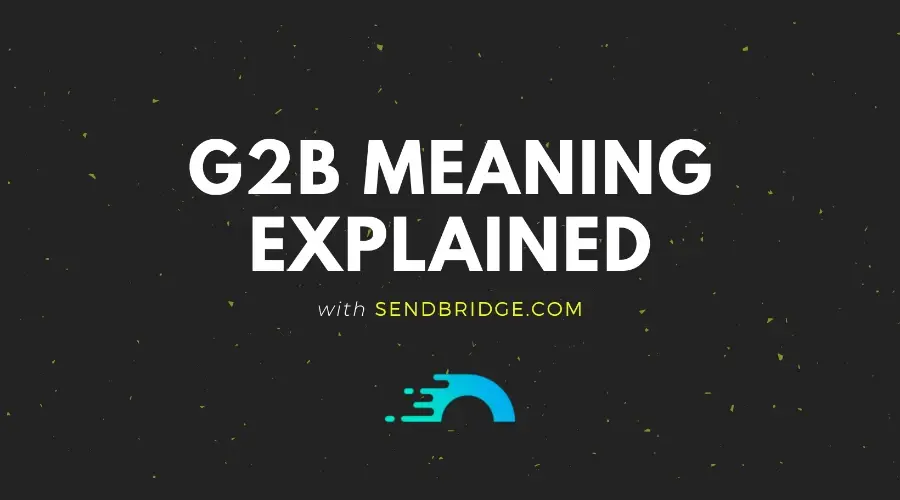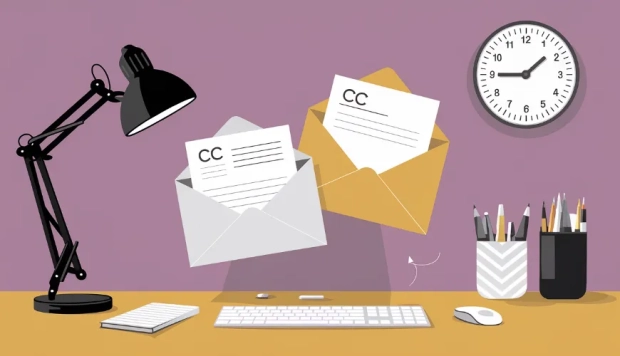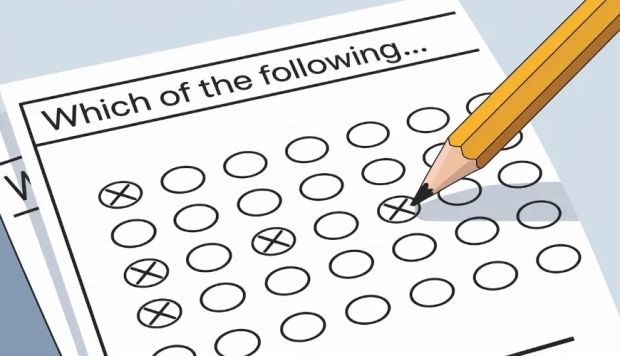What is G2B?

The relationship between government and business is critical to economic development and the provision of public services. One of the most significant aspects of this relationship is encapsulated in the term "G2B," which stands for Government to Business. This article will explore what G2B means, its importance, and its role in e-commerce, making these concepts accessible to a general audience, including teenagers and older individuals.
What is G2B?
G2B stands for Government to Business. It refers to the interactions, transactions, and services that occur between government entities and private sector businesses. These interactions can include a wide range of activities such as regulatory compliance, procurement, licensing, and taxation.
Essentially, G2B is about how governments and businesses communicate and collaborate to ensure that the economy functions smoothly and that public services are efficiently delivered.
The Importance of G2B
-
Regulation and Compliance: Governments regulate industries to ensure safety, fairness, and environmental protection. Businesses must comply with these regulations to operate legally. G2B interactions help streamline this compliance process, making it easier for businesses to understand and meet their legal obligations.
-
Procurement: Governments often require goods and services, and they procure these from private businesses. This procurement process is a crucial aspect of G2B interactions, providing businesses with opportunities to supply products and services to the public sector.
-
Licensing and Permits: Businesses often need licenses and permits to operate. G2B portals simplify the application and renewal process, reducing bureaucratic hurdles and accelerating business operations.
-
Taxation: Tax collection is a fundamental government function. G2B systems facilitate efficient tax filing and payment, ensuring that businesses meet their tax obligations promptly and accurately.
G2B in E-Commerce
The advent of e-commerce has revolutionized the way G2B interactions occur. Digital technologies have made it possible to conduct many G2B transactions online, enhancing efficiency and accessibility. Here's how G2B works in the context of e-commerce:
-
Online Licensing and Permits: Many governments have moved the licensing and permit application process online. This shift allows businesses to apply for, renew, and manage their licenses and permits through digital portals, saving time and reducing paperwork.
-
Electronic Procurement: Governments have adopted e-procurement systems that allow businesses to bid for contracts online. These systems provide a transparent and competitive environment, helping businesses of all sizes to compete for government contracts.
-
Digital Tax Services: Tax authorities offer online platforms where businesses can file their taxes, make payments, and track their tax obligations. This digital approach simplifies tax compliance and reduces the administrative burden on businesses.
-
Regulatory Compliance: E-commerce platforms can integrate with government databases to ensure that businesses comply with regulations automatically. For instance, product listings on e-commerce websites can be checked against regulatory standards, ensuring that only compliant products are sold.
Benefits of G2B in E-Commerce
-
Efficiency: Digital G2B interactions streamline processes, reducing the time and effort required to complete tasks such as licensing, procurement, and tax filing.
-
Transparency: Online systems provide greater transparency in government-business interactions. For example, e-procurement platforms make the bidding process visible to all participants, reducing the risk of corruption and favoritism.
-
Accessibility: Digital G2B services are accessible 24/7, allowing businesses to interact with government agencies at their convenience. This flexibility is especially beneficial for small businesses that may not have the resources to navigate complex bureaucratic processes during regular office hours.
-
Cost Savings: By reducing the need for physical paperwork and in-person visits to government offices, digital G2B interactions can significantly cut down on administrative costs for both businesses and governments.
-
Data Accuracy: Electronic systems reduce the risk of human error, ensuring that data submitted by businesses is accurate and up-to-date. This accuracy is crucial for maintaining compliance and avoiding legal issues.
Challenges and Considerations
While G2B interactions in e-commerce offer many benefits, they also present certain challenges:
-
Digital Divide: Not all businesses have equal access to digital technologies. Smaller businesses or those in rural areas may face difficulties in accessing online G2B services, potentially putting them at a disadvantage.
-
Cybersecurity: The shift to digital G2B interactions increases the risk of cyber threats. Governments and businesses must invest in robust cybersecurity measures to protect sensitive data and ensure the integrity of online transactions.
-
Regulatory Adaptation: Rapid advancements in technology require continuous updates to regulatory frameworks. Governments must adapt their regulations to keep pace with innovations in e-commerce, ensuring that they remain relevant and effective.
-
Training and Support: Businesses and government employees need training to effectively use digital G2B systems. Providing adequate support and resources is essential for the successful adoption of these technologies.
The Future of G2B in E-Commerce
The future of G2B interactions in e-commerce looks promising, with ongoing advancements in technology expected to further enhance these processes. Emerging technologies such as blockchain, artificial intelligence, and the Internet of Things (IoT) have the potential to revolutionize G2B interactions by improving security, automating processes, and providing real-time data insights.
For example, blockchain technology can be used to create transparent and tamper-proof records of transactions, enhancing trust in G2B interactions. Artificial intelligence can automate regulatory compliance checks, reducing the administrative burden on businesses. IoT devices can provide real-time data on environmental conditions, helping businesses comply with environmental regulations more effectively.
G2B, or Government to Business, is a critical aspect of modern economies, encompassing a wide range of interactions between government entities and private businesses. The integration of digital technologies in G2B interactions, particularly in the realm of e-commerce, has significantly enhanced efficiency, transparency, and accessibility. While challenges such as the digital divide and cybersecurity threats remain, the future of G2B in e-commerce holds immense potential for further innovation and improvement.
Understanding G2B is essential for anyone involved in business or interested in how governments and businesses work together to shape our economy and society. As technology continues to evolve, the ways in which these interactions occur will continue to transform, driving progress and fostering a more interconnected and efficient global economy.
Sources:
-
U.S. Small Business Administration (SBA)
- Provides resources and guidelines for businesses on interacting with government agencies, including procurement and compliance.
- SBA Website
-
European Commission - Digital Single Market
- Offers detailed reports and guidelines on e-procurement, digital services, and G2B interactions within the EU.
- European Commission Digital Single Market
-
OECD (Organisation for Economic Co-operation and Development)
- Publishes reports and studies on public procurement, regulatory policy, and digital government, highlighting G2B practices.
- OECD Public Procurement
-
U.S. General Services Administration (GSA)
- Provides information on e-procurement, federal business opportunities, and digital government initiatives.
- GSA Website
-
World Bank - Digital Government
- Offers extensive resources and reports on digital government strategies, including G2B services and e-commerce.
- World Bank Digital Government




